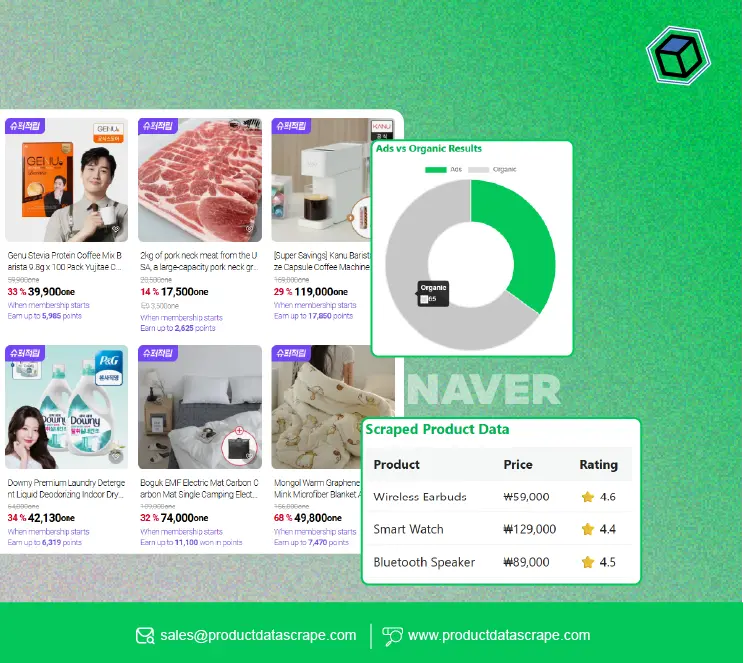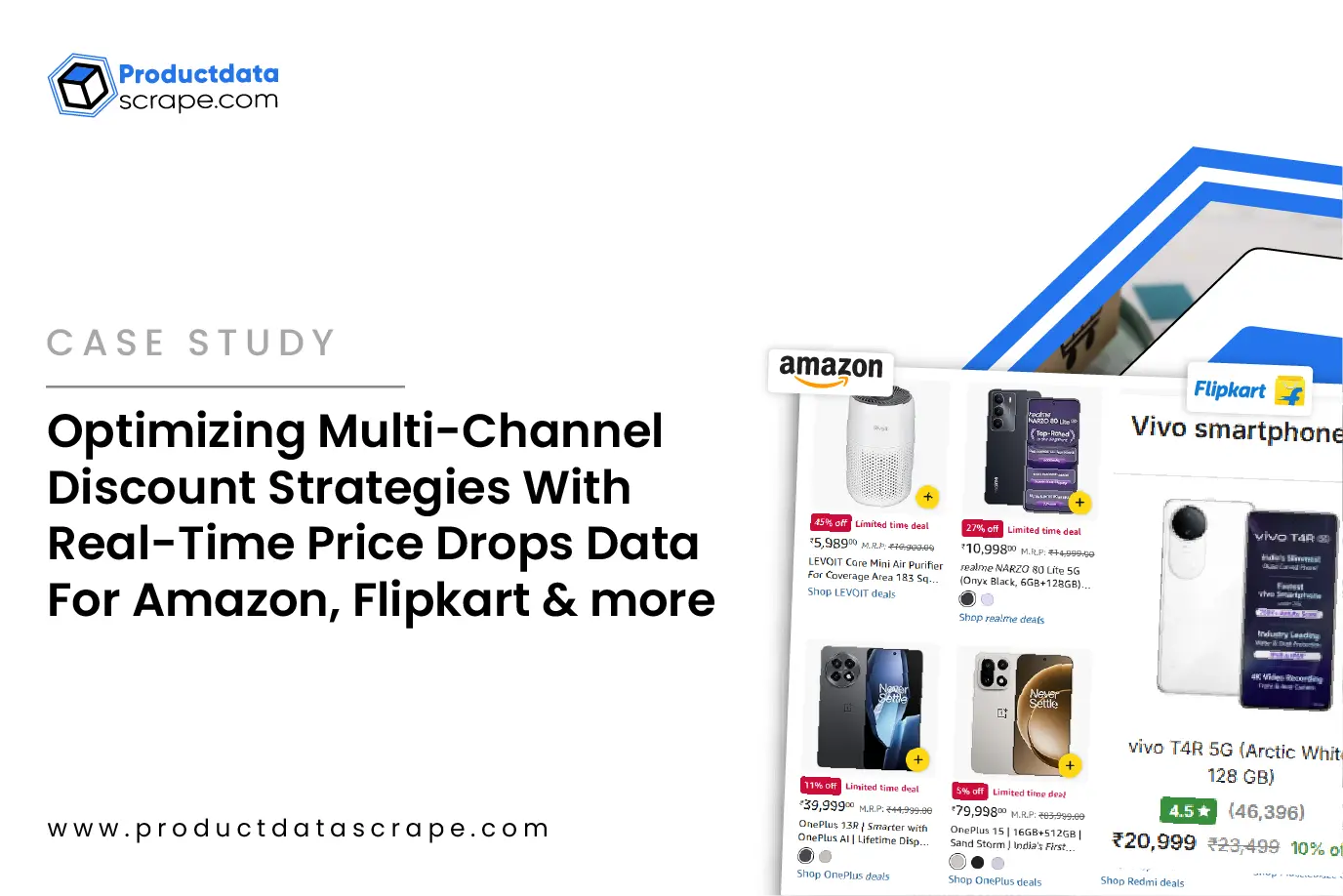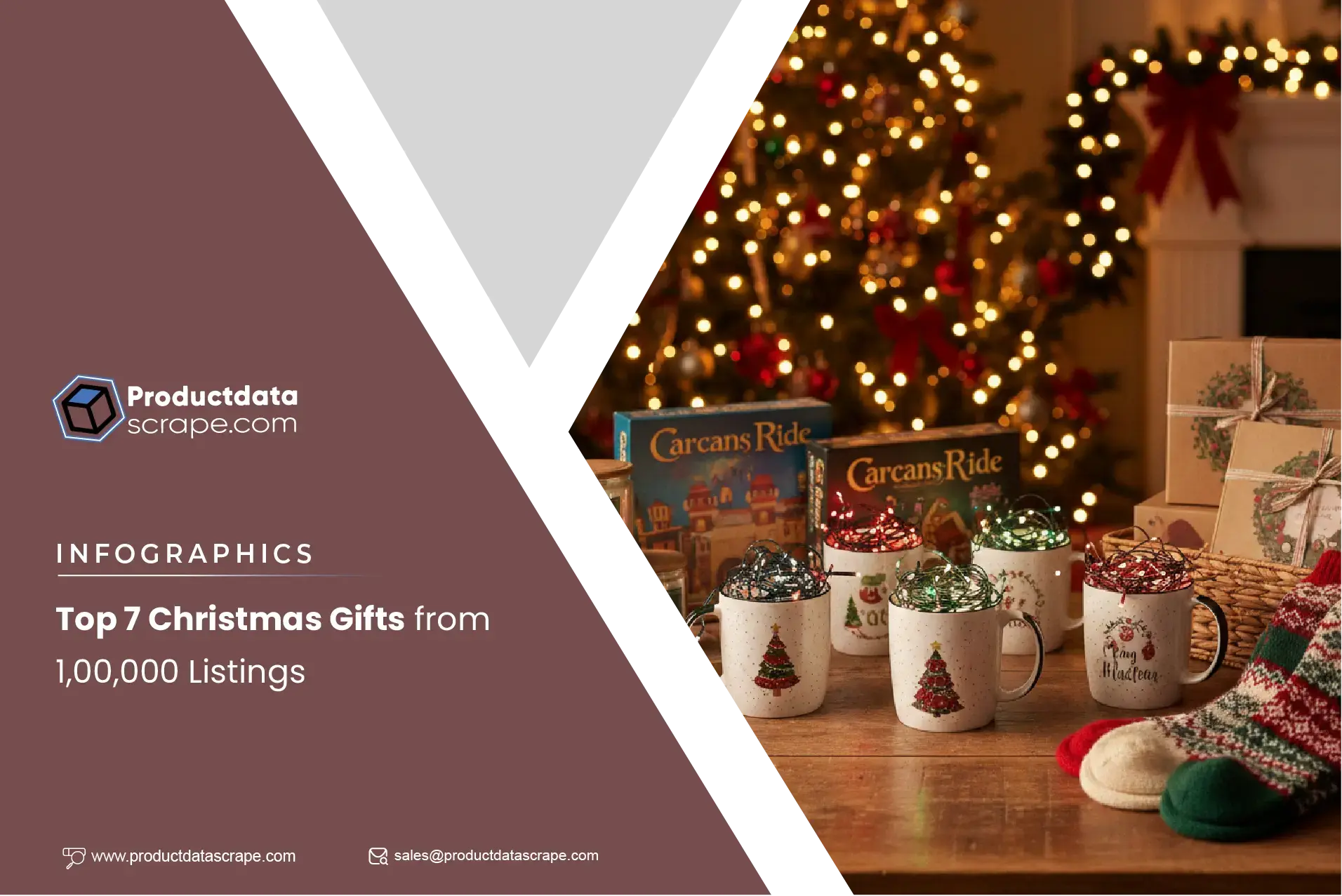Introduction
In today’s competitive digital landscape, businesses need to understand what drives success in Google Ads campaigns. This case study explores how marketers Scrape Google Ads Data from Competitors and use competitor google ads scraping for ppc insights to analyze ad performance, uncover effective messaging, and optimize their own campaigns. Leveraging advanced data scraping techniques and analytics, brands can decode competitor strategies, including headlines, descriptions, and keyword targeting. By integrating insights from competitor campaigns, marketers can craft high-performing ad copy that drives higher CTR, improves conversion rates, and maximizes return on ad spend. Additionally, companies can Track Competitor Product Pricing and Promotions to align paid advertising strategies with market pricing trends, ensuring campaigns are competitive and timely. This approach not only reveals opportunities for improvement but also helps anticipate market trends, identify gaps in the competition, and make informed decisions for more impactful paid advertising strategies.
The Client
Our client, a mid-sized e-commerce company specializing in electronics and lifestyle products, was seeking ways to enhance their paid marketing performance without overspending on trial-and-error campaigns. With an expanding portfolio across fashion, FMCG, and grocery categories, they wanted to adopt a data-driven approach to campaign design. Their marketing team aimed to analyze competitor strategies, refine ad messaging, and identify untapped keyword opportunities. Traditional manual research methods were time-consuming and insufficient for providing actionable insights across multiple verticals. The client required a scalable solution that would allow them to Scrape Google Ads Data from Competitors, extract relevant ad metrics, and transform this intelligence into a repeatable process for improving ad copy and overall PPC strategy.
Key Challenges

The client faced several obstacles in attempting to understand competitor strategies. First, competitor ad campaigns are dynamic and constantly updated, making it difficult to track changes manually. The team lacked the tools to Scrape competitor ad campaigns for marketing strategy efficiently across multiple product categories. Secondly, collecting large volumes of structured ad data, including headlines, descriptions, and performance metrics, proved challenging without automation. Accessing historical ad variations and analyzing trends for optimization required robust solutions, while ensuring compliance with platform policies. Additionally, the client wanted to integrate insights from broader market intelligence sources, including e-commerce pricing, Google Trends, and category-specific trends. Ensuring that data from multiple sources, such as Web Scraping Tools for Competitor Google Ads, Google Ads Tracking API, and Google Ads Transparency API, could be consolidated and analyzed presented a complex challenge. Finally, the need to extract actionable insights quickly to keep campaigns competitive created a pressing demand for an efficient, end-to-end solution.
Key Solutions

To address these challenges, our team implemented a comprehensive solution to help the client extract Google Ads Data from Competitors effectively. Using advanced Scraping Tools for Competitor Google Ads, we extracted detailed ad information including headlines, descriptions, keywords, and targeting data. We also applied automated techniques for Extracting Google Ads Data for Competitive insights and performed scraping of Competitor Ad Descriptions and Headlines to identify high-performing messaging. By integrating APIs such as the Google Tracking API, the client gained access to real-time ad placements and performance metrics, providing a clear view of competitor strategies. The project further incorporated multi-domain scraping to Scrape Data From Any Ecommerce Websites , enabling insights into pricing, promotions, and product trends. Using targeted scraping for specialized categories, we conducted Quick Commerce Grocery & FMCG Data Scraping , scrape Fashion & Apparel Data, and scrape Electronics Data, while leveraging Extract Google Trends Insights Using Python to anticipate seasonal demand patterns. Finally, the solution included tracking competitor product pricing and promotions to align ad campaigns with current market conditions, resulting in data-driven ad copy that consistently outperformed previous campaigns. By continuously analyzing trends and competitor performance, the client could refine messaging, optimize targeting, and achieve measurable improvements in CTR and ROI.
Client’s Testimonial
“Product Data Scrape transformed how we approach Google Ads campaigns. By enabling us to extract Google Ads Data from Competitors efficiently, we could craft ad copy that consistently outperforms the competition. The insights into headlines, descriptions, and keywords were invaluable. Our ROI has improved by 35% since implementation.”
—Head of Digital Marketing
Conclusion
By leveraging the ability to Scrape Google Ads Data from Competitors, the client gained a powerful edge in designing high-performing campaigns. The combination of automated data extraction, API integrations, and multi-domain scraping enabled precise, actionable insights across product categories. This approach allowed the marketing team to refine ad copy, optimize targeting, and monitor competitive trends continuously. In addition, Scraping Competitor Ad Descriptions and Headlines provided deeper understanding of messaging strategies and keyword usage, helping tailor campaigns for maximum impact. Expanding data collection further, the client used Extract Fashion & Apparel Data to analyze trends and promotions in apparel categories, while Web Scraping Electronics Data supplied actionable insights for tech products across multiple e-commerce platforms. The integration of broader e-commerce intelligence, including competitor pricing, promotions, and Google Trends insights, strengthened campaign performance. Ultimately, this case study demonstrates that systematic, data-driven competitor analysis enhances campaign efficiency, boosts conversion rates, and maximizes ROI, providing a sustainable competitive advantage in digital advertising.




















.webp)
-01.webp)

.webp)
